Damn: Used Cars Are Getting More Expensive

Ever since the end of the recession, new car prices have crept up steadily while used vehicle values remained comparably low. In fact, compact cars actually became less expensive between 2013 and 2017 as the crossover craze left a glut of small, economical vehicles that could be purchased for little more than a smile.
Unfortunately, the tide is turning. A sudden influx of end-of-lease vehicles was supposed to continue suppressing used vehicle prices for 2018. However, things have not played out that way. Despite there being so many gently used vehicles saturating dealer lots, average used-vehicle prices reached $20,153 in the second quarter of this year — making it the first time the market has ever broken the $20K threshold. According to research firm Edmunds, the 3.3-percent increase over 2017’s second quarter was also a record.
Normally, a surplus of used vehicles helps keep prices down. But the popularity of utility vehicles and the proliferation of advanced tech has begun to seriously affect the secondary auto market. Five years ago, cars made up about 50 percent of United States’ new-car sales. But trucks and SUVs have since taken the majority of the industry’s volume, appearing on used lots en masse. That shift also forced up new vehicle transactions. In December, the average price of a new automobile in the U.S. reached $36,848 — an all-time high.
“Customers forget a new car is now more than $30,000 and they expect it to be $20,000,” Brian Allan, a senior director at Galpin Motors Inc. in Southern California, told The Wall Street Journal. “When people see the price has gone up, it is sticker shock, especially when people only buy a car every five to six years.”
That sticker shock forced some buyers back into the used market, pushing demand through the roof and allowing dealerships to charge more. This is further helped by dealerships having more access to off-lease crossovers and pickups, the kind of vehicles the average consumer is interested in buying.
From The Wall Street Journal:
As new car prices have climbed, auto lenders have kept monthly payments low by extending loan-repayment terms to five and six years and introducing [zero-percent] financing on loans that made buying new a more attractive deal.
But as interest rates rise and credit tightens, auto companies are pulling back on such sales incentives. The average monthly payment on a new car was $536 in August, up from $507 last year and $463 five years ago, according to Edmunds.com.
“In the past, I entertained new because you could get a [zero-percent] interest rate for 60 months,” said everyman Justin Scholz, who was recently considering a new Lexus RX Hybrid for $66,000. “New was a small premium compared to used. Now, the gap is much bigger.”
Scholz ultimately looked deeper into the used vehicle market, where he found a two-year-old version of the Lexus he wanted with only 30,000 miles on the odometer. It was more than $20,000 cheaper than the new vehicle, making the final decision relatively easy for him.
For the second quarter of 2018, the average transaction price for a three-year-old vehicle is $22,489. Meanwhile, the price of a new car was $35,828. The returns dealerships see on used vehicles has also gone up slightly, now sitting at 7 percent — over double the return of the average new-vehicle sale.
As for the future, demand isn’t expected to increase in the used market any time soon, but prices should continue to climb. Analyst projections for total used-vehicle sales for 2018 are about 38.5 million units, with no growth expected for 2019. However, as off-lease crossovers and trucks continue making their way back onto the second-hand market, used values aren’t likely to go down.
There’s also the matter of stagnating wages. Hourly income has increased as the economy turned around, but inflation appears to be outpacing income ever so slightly. Meanwhile, deprecation on the used market has slowed and anticipated demand has risen — helped in part by last year’s hurricanes.
While the price increase in the used market sounds unsettling, you’re still getting a sweet bargain by purchasing used. The gap between first- and second-hand vehicles continues to grow. Used values are simply reflecting the steadily inflating MSRP of showroom-fresh vehicles.

A staunch consumer advocate tracking industry trends and regulation. Before joining TTAC, Matt spent a decade working for marketing and research firms based in NYC. Clients included several of the world’s largest automakers, global tire brands, and aftermarket part suppliers. Dissatisfied with the corporate world and resentful of having to wear suits everyday, he pivoted to writing about cars. Since then, that man has become an ardent supporter of the right-to-repair movement, been interviewed on the auto industry by national radio broadcasts, driven more rental cars than anyone ever should, participated in amateur rallying events, and received the requisite minimum training as sanctioned by the SCCA. Handy with a wrench, Matt grew up surrounded by Detroit auto workers and managed to get a pizza delivery job before he was legally eligible. He later found himself driving box trucks through Manhattan, guaranteeing future sympathy for actual truckers. He continues to conduct research pertaining to the automotive sector as an independent contractor and has since moved back to his native Michigan, closer to where the cars are born. A contrarian, Matt claims to prefer understeer — stating that front and all-wheel drive vehicles cater best to his driving style.
More by Matt Posky
Latest Car Reviews
Read moreLatest Product Reviews
Read moreRecent Comments
- Paul 175k? Pffft not a chance. A VW with that mileage is an enormous bill waiting to happen.
- Turbo Is Black Magic Civic Si all the way… it’s the sweet spot of fun to drive, manual, decent MPG’s, no dealer markup BS. Especially in Canada where you can get heated seats.If you are in the US just buy the last gen Si… it’s still a vastly better car than the current one.
- FreedMike Cheap, fun car. I like it. For what it's worth, good examples of the first-gen models (based on the original Golf) have become collectible and expensive.
- Ajla I won't rank them because there are too many permutations but if I was actually shopping them odds are high I'd end up with some flavor of Corolla over some flavor of Civic.
- SCE to AUX He got sick of the commute, and the hassle of being 4 time zones away. Maybe it was mutual.
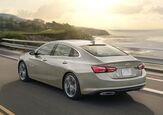
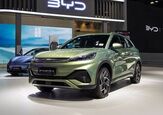
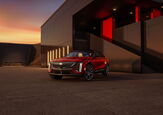
















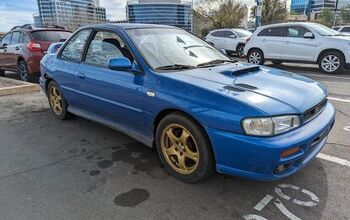
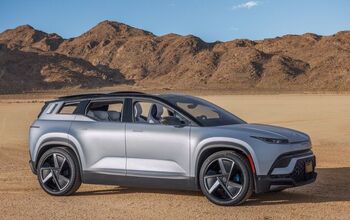
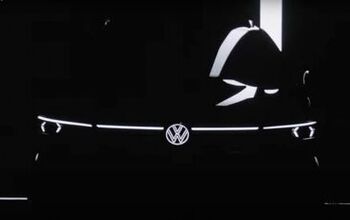
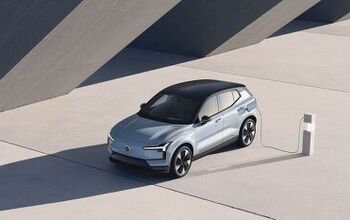
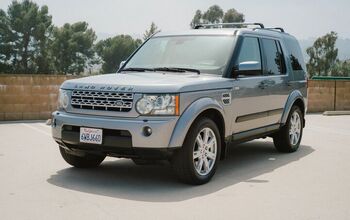

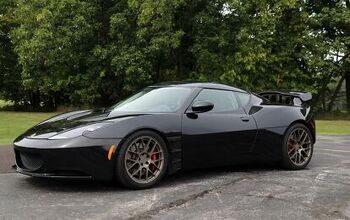
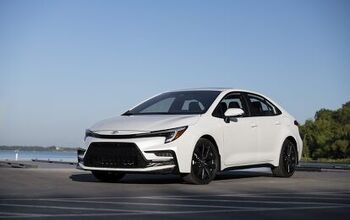
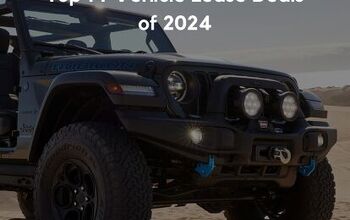
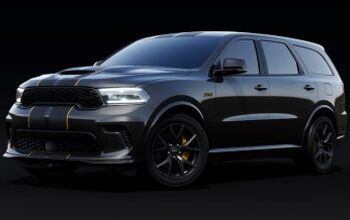
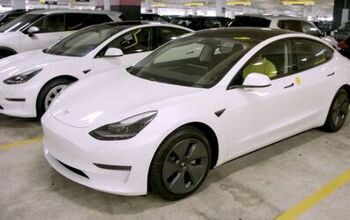
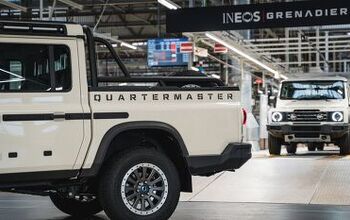
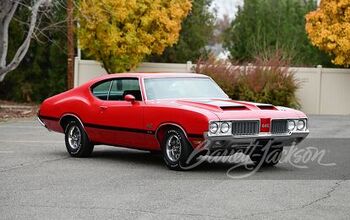
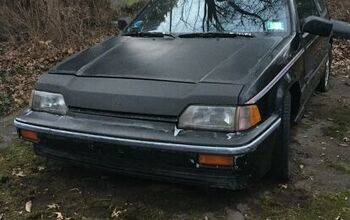
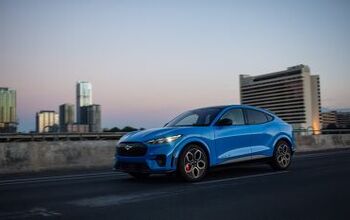
Comments
Join the conversation
I think an argument can be made that natural disaster is helping in part to either increase or at the least maintain the current used vehicle pricing. Anymore it seems we can rely on some area of the country being completely wiped out with flooding and what not. These events put people back into the market prematurely with little time to shop, while also requiring the local dealers to essentially do the same thing in bulk on the wholesale market. These events are a boon for the poorly run stores that have stale or aged inventory to off load front row ready product to someone who is desperate.
This question also depends on your personal use curve. There are folks who buy as fashion then at year four get bored. If you are not able to fix a few simple things the perceived cost goes way up. I keep forever and believe buy once cry once. My new BMW lasted 13 years. My Acura is 11 and still going. I will be replacing the Caddy shortly with another new car because the Cad is falling apart. I bought it used but it has not been a bargain. If you buy and keep a new car it makes sense